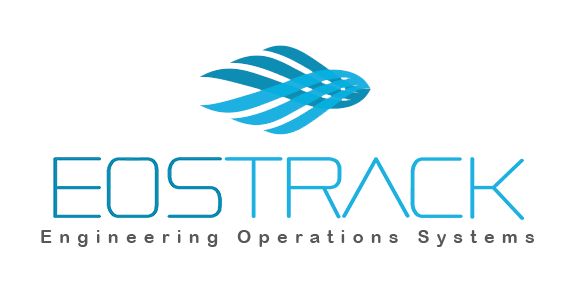MSC ADAMS
CAE tool for multibody dynamic simulations
OVERVIEW
Release 2020 is focused on providing a more productive Adams user experience. Learn how the new features in the release can help you make your MBD workflows smarter.
Adams is our gold standard software that helps engineers study the dynamics of moving parts, and how loads and forces are distributed throughout mechanical systems. Product manufacturers often struggle to understand true system performance until very late in the design process. Mechanical, electrical, and other subsystems are validated against their specific requirements within the systems engineering process, but full-system testing and validation comes late, leading to rework and design changes that are riskier and more expensive than those made early on.
As the world’s most famous, widely used and award winning Multibody Dynamics (MBD) software, Adams improves engineering efficiency and reduces product development costs by enabling early system-level design validation. Engineers can evaluate and manage the complex interactions between disciplines including motion, structures, actuation, and controls to better optimize product designs for performance, safety, and comfort. Along with extensive analysis capabilities, Adams is optimized for large-scale problems, taking advantage of high performance computing environments.
Utilizing multibody dynamics solution technology, Adams runs nonlinear dynamics in a fraction of the time required by FEA solutions. Loads and forces computed by Adams simulations improve the accuracy of FEA by providing better assessment of how they vary throughout a full range of motion and operating environments. With Adams, you don’t have to wait until the computations are complete to begin seeing the results of your simulation. You can view animations and plots – and continue to refine your design – even as your simulation is running, saving valuable time. For design optimization, you can define your variables, constraints, and design objectives, then have Adams iterate automatically to the design, providing optimal system performance.
MSC ADAMS - CAPABILITIES
• Import of CAD geometry formats including STEP, IGES, DXF, DWG or Parasolid
• Extensive library of joints and constraints to define part connectivity
• Definition of internal and external forces on the assembly to define your product’s operating environment
• Model refinement with part flexibility, automatic control systems, joint friction and slip, hydraulic and pneumatic actuators, and parametric design relationships
• Ability to generate flexible parts without the need to import MNF file from FEA software
• Ability to iterate to optimal design through definition of objectives, constraints, and variables
• Automatic generation of linear models and complex loads for export to structural analyses
• Comprehensive and easy to use contact capabilities supporting 2D and 3D contact between any combination of modal flexible bodies and rigid body geometry
• Comprehensive linear and nonlinear results for complex, large-motion designs
• Incorporate geometric and material nonlinearity through Adams-Marc co-simulation
• Create geometric nonlinear beam parts using FE part
MODULES
Adams/Car
• Explore the performance of your design and refine your design before building and testing a physical prototype
• Analyze design changes much faster and at a lower cost than physical prototype testing would require
• Vary the kinds of analyses faster and more easily
• Work in a more secure environment without the fear of losing data from instrument failure or losing testing time because of poor weather conditions
Adams/Machinery
• High-fidelity simulation of common mechanical parts, such as gears, bearings, belts, chains, Electric Motor and Cam
• Enhanced productivity with incredibly quick model-solve-evaluate process times
• An automated, wizard-driven model creation process for ease-of-use
• Straightforward evaluation of results in Adams/Postprocessor
Adams Real Time
• Connect real equipment and virtual models in a HIL test environment to test system interactions.
• Connect a real driver and virtual models in a DIL test environment to assess vehicle and Driver performance
• Connect Adams and VTD to capture high frequency responses in autonomous simulations
High performance computing (HPC)
• Parallel processing support for Adams/Tire results
• Shared Memory Parallel solver
• State of the art Linear analysis capabilities
• High fidelity Adams-to-Nastran translation utilities to replace manual translation
• HHT integrators for a faster numerical integration of the equations of motion for a dynamic analysis

